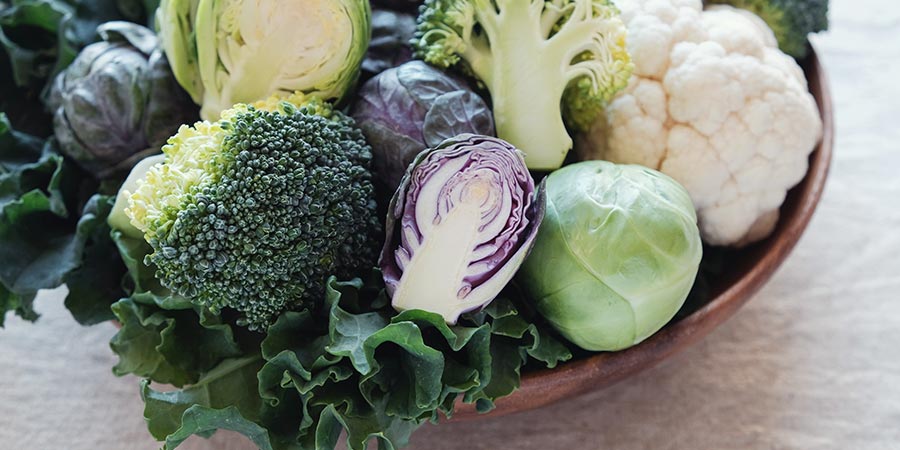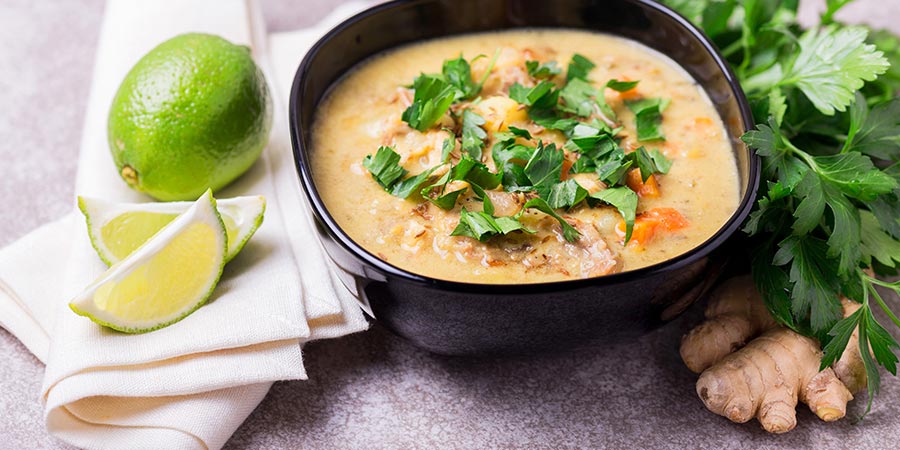The harvest season is back and so is British Food Fortnight, the annual celebration of British food and drink. Held to coincide with Harvest Festival, this fortnight is an endeavour to promote local produce and the different food initiatives undertaken across the country. Organised by Love British Food, it has been running for 18 years, reminding citizens to nurture the land that yields crops.
As we are in the midst of celebrating British gastronomical delights, now is a good time to reminisce about the diverse influences that have shaped our island nation's palate over the centuries. Today, pasta, curry, and fried rice have become as much a part of our regular fare as fish and chips, and there's good reason for that. Invasions, expeditions, and immigrations have crossed the confines of politics and made their way to our dining tables over the centuries.

The people we now know as Celts first entered Britain long before Christ was born, and brought with them salted pork and lamb. They came from Hallstat region in Austria, which was home to salt mines. Not having access to any herbs or spices, they used salt copiously while making ham or bacon. When the Romans invaded the British Isles in 43 AD, they brought with them their spirit of gastronomic adventure as well as their own favourite foods. Soon, the British developed a liking for cabbage, the most popular Roman vegetable, as well as onions, cherries, corn, and peas. Something to remember when we order mushy peas at the chippy! Indo-Roman trade relations were flourishing during this period and the British also got a taste of pepper, nutmeg, and ginger. A green lentil military stew made with red wine, onions, and some dried herbs was introduced by the Romans and quickly became popular among the locals.

After the Romans left, Britain entered a prolonged period of turmoil because of Saxon, Viking and Danish, and Norman invasions. Along with turbulence and bloodshed, came new varieties of food and novel culinary experience. The Saxons were known to be expert farmers and harvested different herbs, thus filling many British kitchens with strange aromas. The Vikings and the Danes taught us the art of smoking and drying fish. The popular Scottish dish, Arbroath smokies, traces its origin to this period. Legend has it that the first York ham was smoked with the sawdust of oak trees that were used in building York Minster.

The Norman period stands out for its bloody conquests and cruelty, but few remember they also apparently introduced our ancestors to cider. The Crusades took soldiers to faraway shores, and in the 12th century, a few of them came back with oranges and lemons from Jaffa, an ancient port city in Israel. Now we know where Jaffa Cakes get their name from.
In the coming centuries British merchants set sail to distant lands, establishing trade relations with the Caribbean, the Americas, and the Far East. Spices, potatoes, tea, coffee, and cocoa became available to the British upper classes, adding diversity to their largely bland tables. Tracing the culinary history of the British Isles would perhaps remain incomplete if we don't talk a little about the wonder that is sugar. The history of sugarcane plantations isn't particularly a happy one, but sugar found its way to prosperous British households thanks to the Arab traders sometime around the 15th century. This crystallised delicacy satiated an appetite the British never knew they had. Sugar was exotic and expensive, and Queen Elizabeth's teeth were apparently blackened from over-consumption. In fact, so great was the desire to devour sugar that blackened teeth became a symbol of wealth and class. Some even began to artificially blacken their teeth with coal to fake their affluence!

Perhaps the greatest influence on British cuisine resulted from the colonisation of India. The subcontinent was a treasure trove of spices like cumin, pepper, coriander, and turmeric that had attracted British merchants. By the 19th century, their food had gained popularity and Queen Victoria grew fascinated with Indian dishes, insisting that curry be served with every meal. While, there's no dearth of discussion surrounding the popularity of chicken tikka masala, another dish had become just as favoured in Britain during the colonial period. Called the mulligatawny soup, this dish originated in southern India to indulge the soup-loving taste buds of the British and was originally made with pepper and turmeric. The much-loved breakfast dish kedgeree is said to be a spin off from the Indian Khichdi, a humble dish of rice and lentils that transcends regional and class differences.

With the rise in immigration in the 20th century, the British larder grew even more diverse. The Japanese introduced Sushi and the Thai brought Pad Thai that the British fell quite in love with, while equally appreciating the culinary wonders of East Europe and West Asia. A large number of Bangladeshis and Pakistanis made Britain their home, strengthening our passion for curries. The British-Caribbean community that came during the Windrush era (1950s), opened Caribbean eateries and often modified their cuisine to suit the British palate.
Very few cultures are as welcoming of foreign cuisines as the British, and that is evident from the motley delicacies that we have happily let into our lives. But they have hardly lessened our love for local culinary delights. From the black pudding, Yorkshire pudding, and the Cornish pasty to cherry bakewell and mince pie, we have a repertory of dishes to gorge on. Food does so much more than just filling our stomach. It gives us a sense of identity, connects us to our traditions and reminds us of our complex history. Be it a Sunday Roast at the local pub or afternoon tea at a high-end café, a hearty meal is about holding long conversations, cherishing old companions, and making new friends. This fortnight is a good opportunity not only to celebrate British food, but also to make plans for culinary explorations within the UK, sampling flavours that remind us how far we have come as a country.





